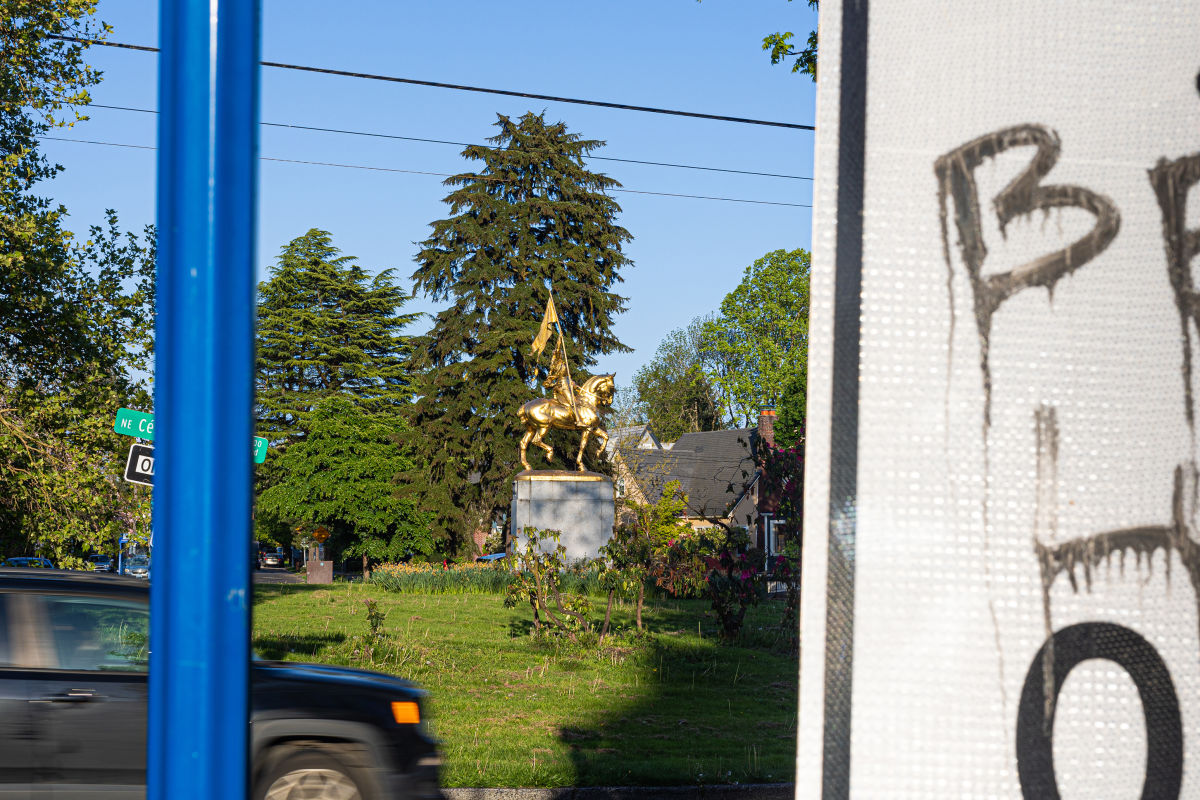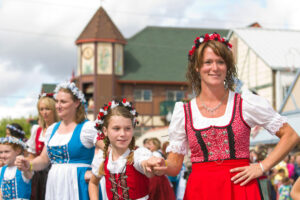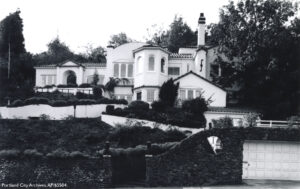How Portland Wound Up with a Joan of Arc Statue

Though Portland’s replica of the Parisian statue is one of a half dozen spread around the world, it may have the quirk of being the trickiest to access, protected on its humble, grassy loop de loop by an unrelenting swirl of traffic.
At 11am on Memorial Day 1925, the mayor, governor, Portland’s French consul, a major general, and two clergymen gathered on Coe Circle, the roundabout where East Glisan hit 39th, as the streets were known then. At the urging of an organization called the Laurelhurst Daddies’ Club, the city had recently renamed the traffic island for local physician and state senator Dr. Henry Waldo Coe, who dreamt up this ceremony to christen his gift to the city: a gilded bronze copy of Paris’s own Joan of Arc, the Godsent teenage French military leader from the fifteenth century whom England burned at the stake in 1431.
The Oregonian dutifully reported as plans came about (“With barely ten days remaining for completion of arrangements…”). The priest would carry out the saint’s benediction, the major general a dedicatory address. The 162nd infantry band would furnish instrumentals and bring patriotic airs. Madame Leah Leaska, soprano, was to sing France’s national anthem. In their white suits and ribbon-bound straw hats, the Royal Rosarian quartet would sing “Joan of Arc, They Are Calling You,” a song the US Army fed World War I soldiers to ratify the mythic figure as an emblem of American ideals (the Rosarians helped celebrate the centenary as well). It was all quite the to-do.
France commissioned the original statue in 1870 after losing the Franco-Prussian War, a glittering likeness of its patron saint to boost morale. It sits outside the luxe Hotel Regina in Paris’s first arrondissement, framed by the Jardin des Tuileries and the Louvre. Nancy, France; Melbourne, Australia; and New Orleans and Philadelphia all have their own copies made from sculptor Emmanuel Frémiet’s original molds. Though Portland’s souvenir may have the quirk of being the trickiest to access, protected on its humble, grassy loop de loop by an unrelenting swirl of traffic.
Coe commissioned the statue as tribute to veterans of the Great War. The other three monuments he donated to the city—of Lincoln, Washington, and his old hunting buddy Teddy Roosevelt—are in storage after being toppled during protests in 2020. But Joan of Arc remains on her horse despite bouts with vandalism. As the O reported, an “informal and altogether illegal unveiling” a week before the official dedication set a tone. Her laurels and pennant have been stolen and replaced more than a few times. Teens soaked the statue in black paint after a re-gilding in 2002. (She’d gotten a little green.) And in 2012, someone taped a giant drill bit to the horse’s head, turning it into a unicorn and somehow causing $1,800 of damage. Still, Portland generally seems to like its Joan of Arc. Coe’s patriotic motives aside, perhaps the legend of a spiritually inclined teenager subverting gender roles through radical political action serves a different inspiration today.
Share this content:














Post Comment